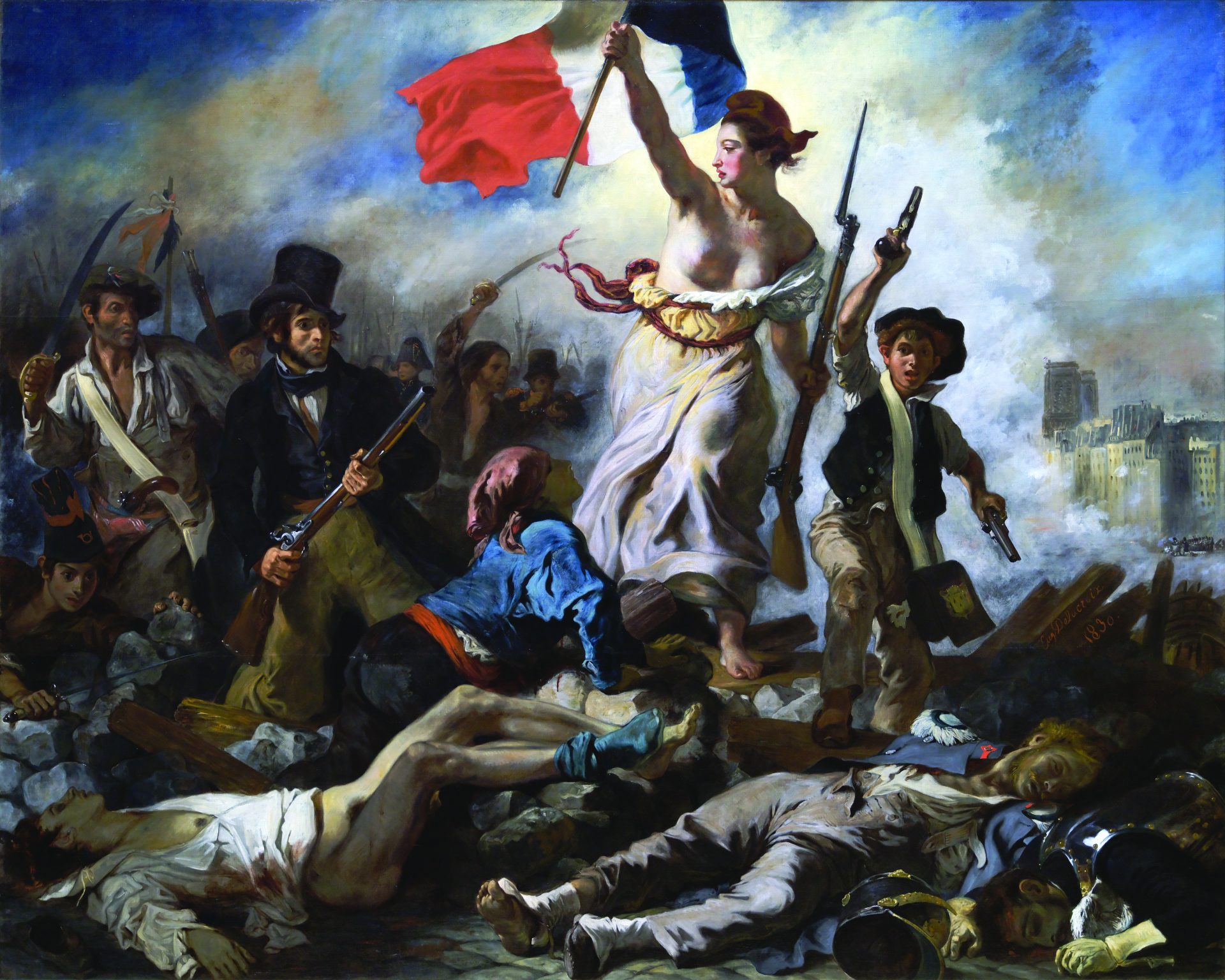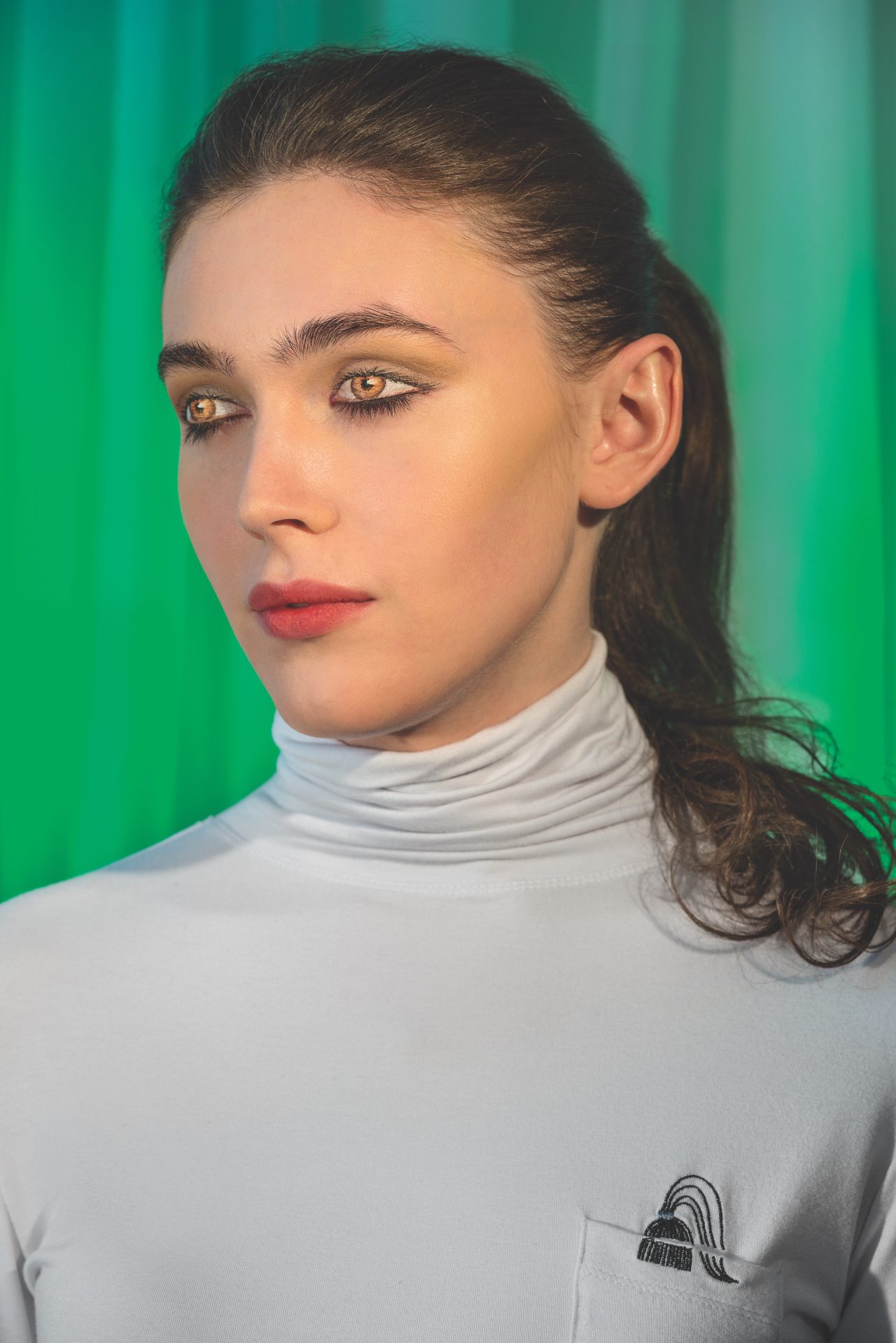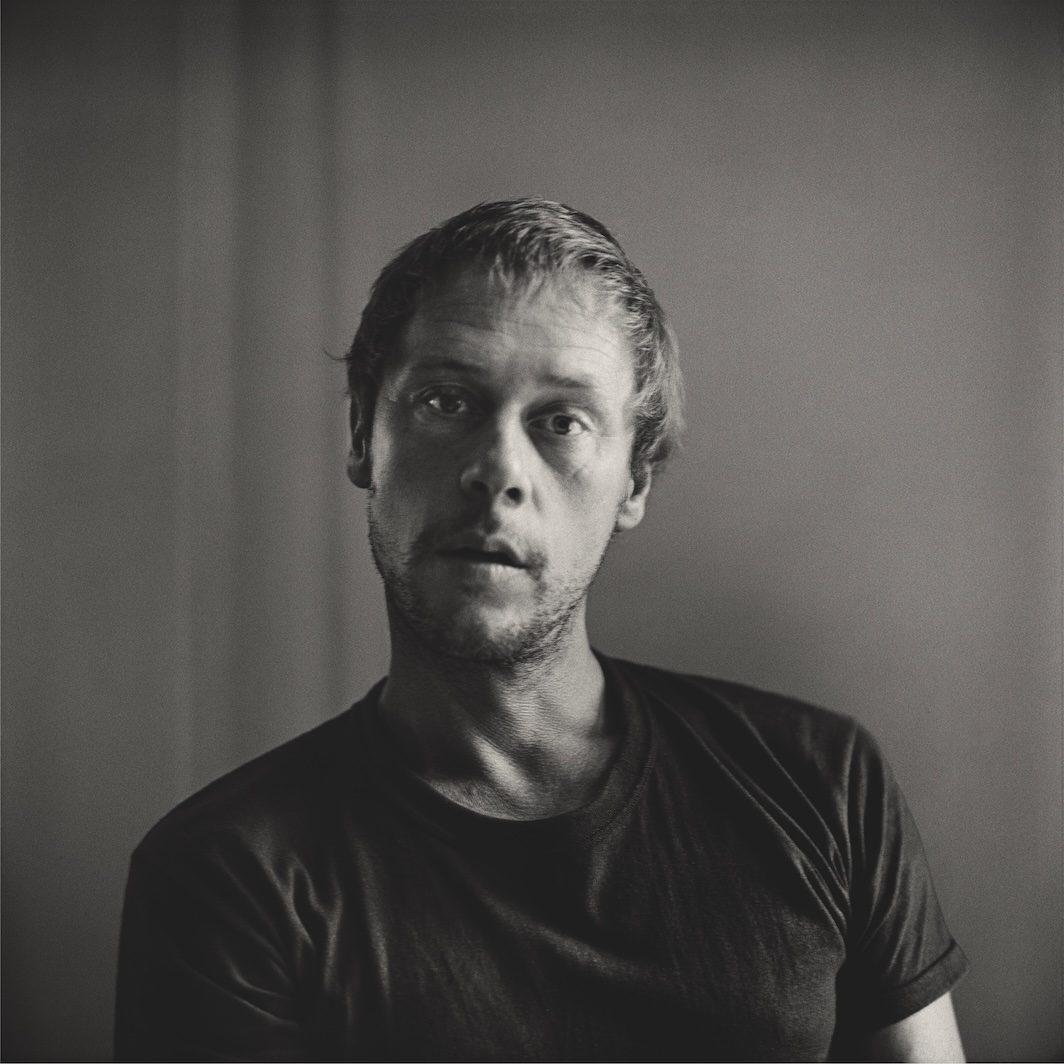
Parataxis is Édouard Levé’s best friend. Parataxis—also John Ashbery’s best friend—concerns the placement, side by side, of two sentences whose meanings don’t transparently connect. Parataxis, however, as concept, has leached its glories onto the landscape at large; any reader of contemporary culture is contaminated by paratactic energies, a stylistic phenomenon that Levé defends in his penultimate book, a work of unrepentantly naked yet stylistically errant autobiography, Autoportrait. He writes: “Raymond Poulidor is one of the least sexy names I know. I like salad mainly for the crunch and the vinaigrette.”
Levé is a French writer and photographer whose work had overtones of the Conceptual (for one project, he photographed American towns that “share a name with a city in another country: Berlin, Florence, Oxford, Canton, Jericho, Stockholm, Rio, Delhi, Amsterdam, Paris, Rome, Mexico, Syracuse, Lima, Versailles, Calcutta, Baghdad”). He is most famous now for having committed suicide in 2007 a few days after giving his publisher a slim novel called Suicide, written entirely in the second person, and addressed to a “you” who has already slain himself: “To portray your life in order would be absurd: I remember you at random.” Like Joe Brainard, whose paratactical I Remember is one indirect source of Levé’s method, he forswears synthesis, and opts for pick-up sticks, the kindling approach, sentence placed next to sentence, without development, coordination, subordination, or flow. Flow, a form of flight, is for the birds. Levé, like Brainard, or like Georges Perec, whose Life: A User’s Manual is cited in Autoportrait’s first sentence, cared too much about facts and ideas to waste time on novelistic atmosphere, character, or circumstance. I have many motives for writing this review, but my two principal impetuses are to praise Autoportrait, which I’ll go ahead and call a work of genius, and to make a general plea for parataxis as a still-useful aesthetic strategy, not exhausted by surrealists or modernists, for finding visionary (or merely mind- and eye-boggling) angles onto everyday experience.
Autoportrait, gracefully translated by Lorin Stein (who has also translated Grégoire Bouillier’s The Mystery Guest, which falls, like the late Levé’s works, into a category of French prose I’d call “the short, the sweet, the cerebral, the candid, the chic”), functions within a soft-core Oulipian economy of procedural moves servicing confessional ends: Like the essays in Perec’s classic Species of Spaces, Levé’s Autoportrait observes stylistic proprieties at once whimsical and pasteurized, or, one might say, at once comic and thanatopic. Autoportrait is a series of ostensibly factual declarations or descriptive statements, narrated by an “I,” all in a single paragraph; unlike I Remember, or the epigrammatic novels of David Markson, another practitioner of a doldrum-free “new sentence” aimed at catharsis rather than alienation effects, Autoportrait’s sentences do not occur in separate paragraphs, but are all crammed together into one long chunk, implying that a long-harbored reluctance to speak has at last been conquered, and, now that the silent epoch has ended, everything must be uttered in a single flash, without interruption, lest a sudden scruple kill off the desire or ability to speak. The voice, once it initiates the work of memory, can’t stop. And yet Autoportrait is not a talking cure; Levé well knows, as Freud came to discover, that any voice, whether heard, overheard, or remembered, plays tricks with time: “My voice recorded one minute ago on a Dictaphone sounds older than my voice recorded digitally five years before.”
The reason to read Autoportrait is to savor the shocking precision—a guillotine’s?—of its rapid cuts between unlike ideas, and to savor the actual information offered about the textures and peculiarities of a specific consciousness. “I archive. I spoke to Salvador Dalí when I was two.” Those two sentences are perfect and profound, more so because they sit next to each other without a word of mutual introduction. I suppose Dalí’s status as representative Surrealist serves to authorize the anarchic archive that Levé assembles here, in a fever glamorously (if abjectly) akin to the hectic inebriations of Hervé Guibert, another great dead French photographer-writer (ultra-handsome) who wrote tellingly and elliptically, in simple sentences, about the strange work of assembling a public self for friends and lovers and enemies to consume.
In the fashion of Guibert, Levé presents himself—without braggadocio—as a stud; or else he simply lets it be known that, unlike more sedate and supposedly modest writers, he considers literature to be the terrain of letting your hair down, a dishabille that paradoxically allows prompt cadence, sharp syntactic edge, and a bracing absence of excessive modifiers. “I have come in mouths. I have come on faces. I have come in pussies. I have come on breasts. I have come in hands. I have come on pubes. I have come on bellies. I have come on and in asses. I have come on backs. I have come in hair. I have come on thighs.” It’s cheating to quote this uncharacteristic passage, one of the book’s only idylls of nonparatactic utterance; and yet this litany of places whereon or wherein the writing “I” has deposited semen efficiently tells the reader that Levé is alert both to stylistic procedures and to sexual plasticity. The book is full of acknowledgments that Levé is a body and that his experiences, though narrated as natures mortes or documentary fragments, are at bottom those of a guy with a mind tuned to corporeal frequencies for their conceptual allure as much as for their intractable physiological presentness, their sweaty (and, in his case, spermy) haecceity. “I sniff the book I’m reading. I sneeze three times in a row. I do not take out my dick in public.” Dick out or dick in, Levé openly acknowledges—with a Brainard-esque gusto—the embarrassing and yet commonsensical (what, me worry?) facticity of bodily tics and habits. “I read better without shoes or pants.” “I have never attended a nudist funeral.” “In public toilets, before I flush I wrap my fingers with toilet paper, I put paper down on the seat before I sit down.” “I penetrate a woman faster than I pull out. If I kiss for a long time, it hurts the muscle under my tongue. I have never been sodomized. A woman slapped me.” Slap, slap, slap go the sentences, one swift stroke after another.
Sometimes, however, the sentence delays its termination; sometimes, the sentence swells into a full vignette, a fable. In one of these swollen, extended sentences, which describes a glimpsed scene of child molestation, no judgment is offered; I won’t assert that this primal scene—or screen memory?—is anything like an epicenter of Autoportrait, but I will suggest that a blasé attitude toward bodily emergency characterizes Levé’s tone, and that this indifference coexists with sharp observation and indelible recall, and with a vaguely queer tropism toward considering bodies as collaged-together clusters of energies and styles rather than as stable, easily named properties. (Put it another way: Levé thinks obsessively about his body, and by thinking about it, he makes his body—or any body—unfamiliar, uncanny, beyond classification. The classificatory energies that drive Autoportrait also centrifugally undermine the cataloguing impulse’s punitive tendency to domesticate its beasts.) Listen to Levé, making free with comma splices, all for the sake of rendering a turgid and traumatic cameo of lost time:
When I was thirteen, on a ski trip to Val d’Isère, I went back to the chalet to get my sunglasses in the middle of the morning, I took off my snow boots, I went into the dormitory in my socks, not making any noise, there I surprised a forty-something counselor in the middle of masturbating a ten-year-old boy who had to stay in bed because he’d broken his leg, the counselor snatched back his hand and smoothed down the sheet, and that night, while he made his rounds between the beds for lights-out, I called out across the dormitory: “I’m sure he hasn’t got any underpants on under his sweat suit,” right as he was passing me, I pulled down his pants, he was naked, he blushed and ran out without saying anything to me, for the rest of the trip he went to great lengths to make sure our paths never crossed and our eyes never met. I couldn’t say whether I’d prefer to have my left arm amputated or my right leg.
Meditation on amputation immediately follows memory of man-boy perversion; Autoportrait isn’t a guidebook to filth, or a defense of it, but its matter-of-fact sentences keep wandering over the edge of propriety, without classifying what sacrifices or exaltations this vagrancy might entail. “Obesity fascinates me because it effaces sex and age. I stand up straighter when I walk with a knapsack than when I don’t. My torso is too long for me to be comfortable in a car.” He is fascinated by bodies that don’t fit or belong, but he renders this fascination without glee, sadness, or commentary; instead, his tone expresses cinema-verité curiosity, as if in a haute-bourgeois version of Titicut Follies, a film that Levé names as an important influence on his work.
Hear, in the following passage, his refusal to push documentary into interpretation (although the word shame does pop up, near the end—“which is a shame” is Lorin Stein’s acute translation of “c’est dommage”): “I feel better sitting in a hard chair than in a soft chair. I do not keep my clothes in a wardrobe but on open shelves so I can take them in at one glance. Twice in my life I have been courted by gay men, they knew I wasn’t gay, I did not give them satisfaction. I have never been attracted to a man, which is a shame, the gay life appeals to me.” Neither maudlin nor panting, Levé’s structurally autoerotic Autoportrait suggests the logic of cold self-consumption, self-cancellation—or any procedure (including auto-fellatio, or auto-asphyxiation, or auto-analysis) of gorging on one’s own spectacularity. Levé’s method, however, is cuisine minceur. We are far from Alice B. Toklas’s heavy cream.
Wayne Koestenbaum’s latest books are The Anatomy of Harpo Marx (University of California Press, 2012) and the collection of poems Blue Stranger with Mosaic Background (Turtle Point Press, 2012).






